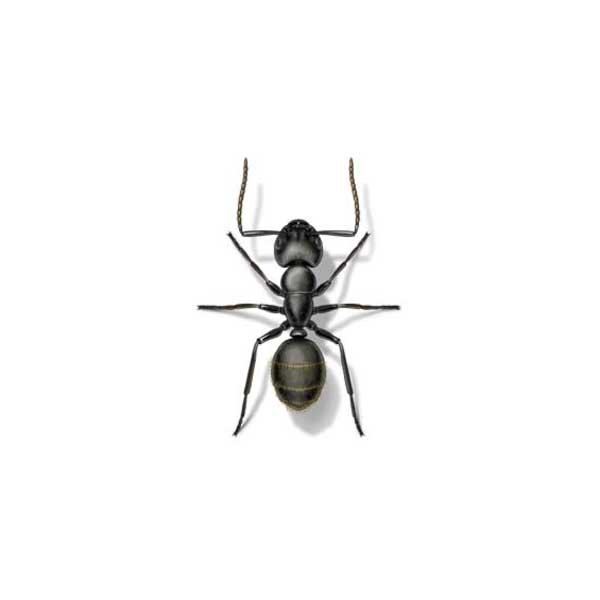
Actual Size: 1/16″ to 1/8″
Characteristics: Brown or black in color. The best identifying characteristic is the “rotten coconut” smell they produce when they are crushed; hence the name.
Legs: 6
Antennae: Yes
Wings: The reproductive males and females have wings.
Habits:
Habitat: Wall voids near water pipes, heaters, leaking fixtures, and damaged wood are all ideal habitats.
Odorous house ants are the culprits behind most ant infestations in homes. Their colonies can grow to be quite large and new colonies are formed easily. In South Carolina, odorous ant colonies contain two or more queens and more than 100,000 workers. known as sugar ants, stink ants or coconut ants, odorous house ants emit a foul smell when crushed. Kitchen pantries and cupboards are often the preferred locations for these ants. Odorous house ants forage for food night and day and prefer food rich in sweets and proteins.
Outdoors, odorous house ants are often found in exposed soil or under stacks of firewood. They most often make their way inside looking for food, which is why they are typically found in kitchens. When they nest, odorous house ants prefer areas with moisture—wall voids near water pipes, heaters, leaking fixtures, and damaged wood are all ideal habitats for them.
Odorous house ant colonies can grow to have thousands of members, which makes complete elimination so difficult. Like many species of ants, there are worker ants and scout ants who seek out food away from the nest to provide for the queen. Scout ants leave an invisible scent trail back to their colony for other ants to find food sources, which is why these ants can spread so quickly. If you suspect that you may have an odorous house ant infestation, it is best to consult a professional ant exterminator.